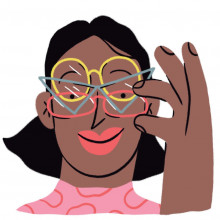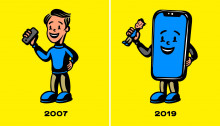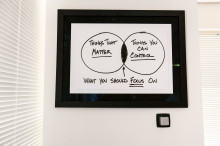Forgiveness

Ask most people if they are willing to forgive others transgressions, their all-but-immediate response is, “yes.”
However, many add a caveat: “but, unless…” You can fill in the rest. That’s why I was drawn to a recent piece, “Taylor Swift, Philosopher of Forgiveness.” Here’s how it begins:
Taylor Swift is on fire. She just dropped her seventh album, “Lover,” and it’s already the top seller of 2019. She also dropped some wisdom that deserves to be as widely appreciated as her music.
In an interview on Aug. 25 on “CBS Sunday Morning,” Ms. Swift spoke up about our culture’s obsession with forgiveness. “People go on and on about you have to forgive and forget to move past something,” she said. “No, you don’t.”
She’s right. You don’t have to forgive and forget to move on. And sometimes, you shouldn’t forgive or forget. You should resent.
To see why, imagine that you’ve been wronged. Let’s say Kanye West just busted up your big moment onstage at the MTV Video Music Awards. So what? Why not be Jay-Z and brush the dirt off your shoulder? The reason — as many philosophers will tell you — is that wrongdoing sends a demeaning message that shouldn’t go unchallenged.
As the philosopher Jeffrie Murphy explains, that message is typically something like “I count, but you don’t.” Or “I am here up high, and you are there down below.” Or “I can use you for my purposes.”
Another philosopher, Pamela Hieronymi, teaches that the message implicit in wrongdoing poses a threat. The threat is that the message is true, that it’s O.K. for Kanye West to ruin your big moment, because you don’t matter as much as he does.










